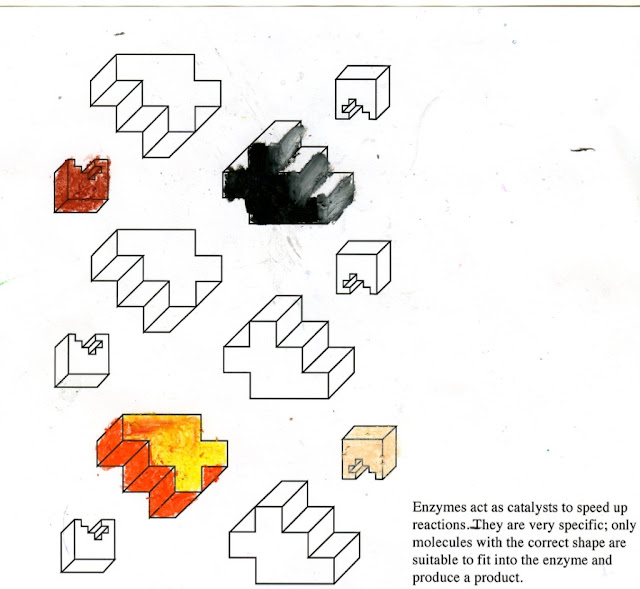MOROCCO
Lucky enough to visit Morocco which was an influential experience for me because of the culture and history behind Marrakesh.
Old Moroccan currency:
Use of patterns and range of colours makes the note visually engaging. The amount is clearly presented on either side of the note to make it clear to the audience how much it is worth. I will consider this because a currency needs to be efficient and practical.
RESPONSE TO RESEARCH
In response to my initial research, I have noted down a range of potential concepts:
- Take 'character' literally and create my own
- Use foiling to make the currency reflective so the owner sees themself as the character on the note.
- Use layout and imagery from playing cards to inspire new currency - Good concept as it is numeric and visual. Convenient size. Unofficial
- Use illusions to show how money is an illusion and people/government use it for the wrong reasons and/or don't really own it - It's all in the bank
- Pieces of string that can be tied together to show wealth
- Use symbols to suggest power, love, wealth, etc..
- Use playing cards as a template for currency inspired by French card currency
- "MONEY IS NO OBJECT" - Banks all own it
EXPLORATION
I looked into optical illusions because they could provide me with inspiration for visual content. This was influenced by Koos Jansen's article - 'The Concept Of Money And The Money Illusion'.
Fooling the audience into seeing something they're not relates to how banks hold peoples money but it can never be seen or physically held - 'THE MONEY ILLUSION'.
Sketched out some visual representations so that people could see how my illusion concept can be transferred onto the currency in the feedback session:
Want to be conceptual because it is for a gallery so explored an option that doesn't require numbers:
Inspired by dice as people tend to simply recognise the pattern rather than individually count each circle. This provides opportunity to create patterns out of circles, depending on the amount the note is. This will make each pattern recognisable for that pattern. People associate colour with different meanings and actions, for example traffic lights.
FEEDBACK:
People thought that not using numbers would be time consuming for people in the real world to recognise. This doesn't effect me because I am making an exhibition piece. I also don't think this is incorrect as people will build pattern and colour associations with the note and amount.
The same point was repeated a lot throughout my feedback on the illusion concept. This is positive because the concept was about how people never see their money because it's held by the banks. Bank balances are just digital numbers on a screen, the money doesn't exist. 'The actual amount on the banknote is hidden within the design so unsure what value it holds'.
The illusion concept will be eye-catching which important in a gallery because more people will look at it and it won't be lost amongst the hundreds of submissions.
In response to the crit, I aim to research further into optical illusions which can be combined with the circular/pattern concept. Researching deeper into optical illusions will broaden my knowledge on the subject which will allow me to create a contemporary outcome based on informed decisions from my research and crit sessions.
SCREEN PRINTING
Used Caspar Williamson's publication that focuses on traditional print methods in the world of art and design. This provided me with a range of artists and designers that use screen printing methods and also offers advice and innovative processes.
The screen printing process originated in Japan and China during the 18th Century but was picked up by an English sign painter. Samuel Simon became interested in the technique because he needed a faster way to reproduce his signs. As a result, silk screen printing has become a widely appreciated medium to design with. I will consider this printing method for use on other briefs in the future because it can be a cheap and unique was of printing a large amount of the same design.
The publication also gave me a step by step guide on how to screen print which I will use to remind me of any technical information that I may have forgotten from the induction.
Chicha Posters
Lima, Peru
The posters are designed by hand, in their actual size, on plain white butcher paper. This design is what will be used once cut, as a template for our silkscreen prints. There is no use of chemicals and no photographic processes. It is this paper that clogs the mesh of the screen, and once finished, nothing remains of the original design, making it impossible to repeat this poster in the same way.
The information provided on the poster is structured in the same way, facilitating the reading for the viewer: Day, place and musical group. Following this formula we developed five posters, from a very satirical standpoint, about four topics that attracted our attention in Lima: The food, the weather, the submerged economy and filthy traffic.
Chicha posters have created visually intense posters using no photographic or digital process which I very much respect. The composition of typography and colour is vibrant and expressive. The type creates an illustrative style. The company are innovative when it comes to how the ink is applied as more than one colour is often used on one 'pull'. This merges the colours together when pushed through the screen, making the composition expressive and engaging.
Preparing for screen print is a time consuming process and I wasn't 100% confident about the screen printing process so I aim to go to the print room as soon as I can in order the give myself enough time to learn the process.
















































































